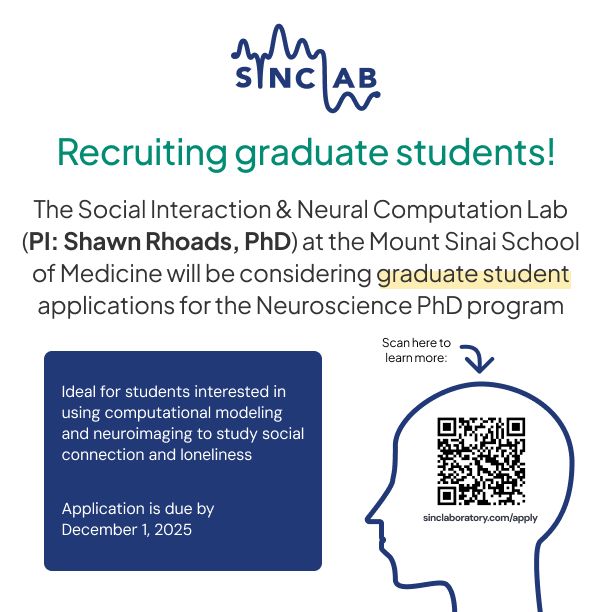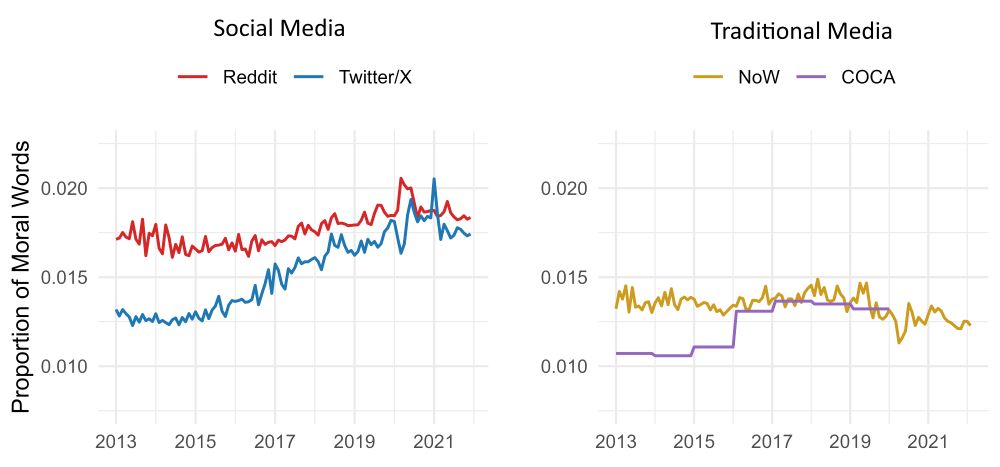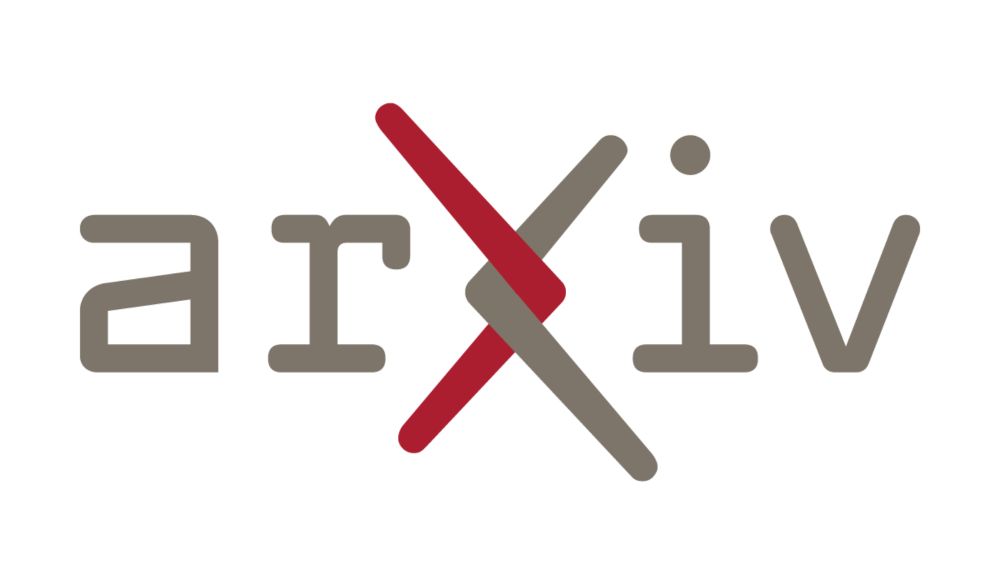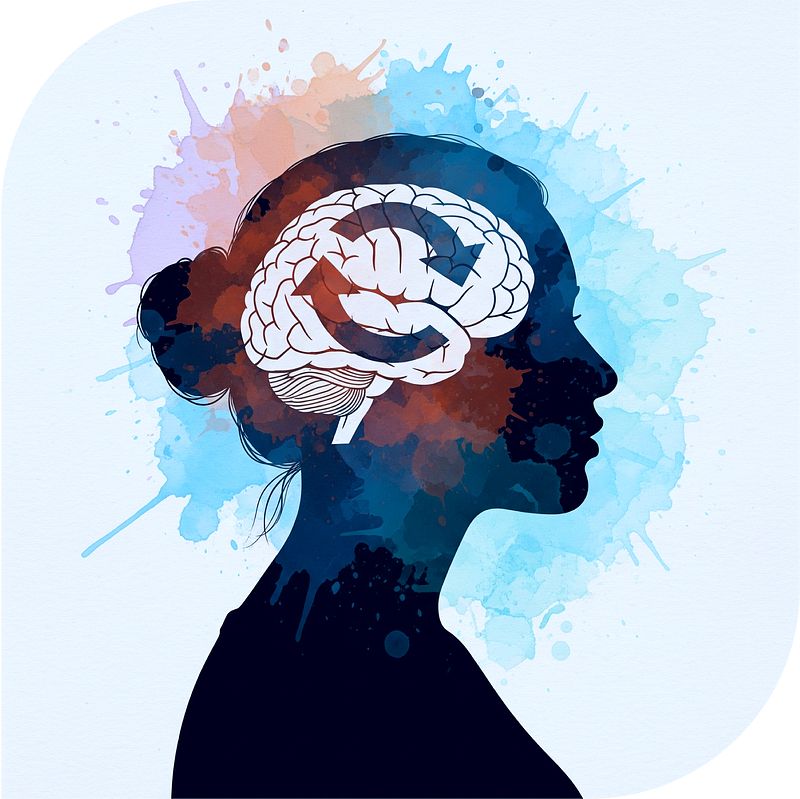Yuan Chang Leong
@ycleong.bsky.social
3K followers
360 following
51 posts
https://mcnlab.uchicago.edu/
Posts
Media
Videos
Starter Packs
Reposted by Yuan Chang Leong
Reposted by Yuan Chang Leong
Reposted by Yuan Chang Leong
Reposted by Yuan Chang Leong
Reposted by Yuan Chang Leong
Reposted by Yuan Chang Leong
Reposted by Yuan Chang Leong
Reposted by Yuan Chang Leong
de Gee lab
@degeelab.bsky.social
· Sep 5
Yuan Chang Leong
@ycleong.bsky.social
· Sep 5
Hayoung Song
@hayoungsong.bsky.social
· Sep 5

A neural network with episodic memory learns causal relationships between narrative events
Humans reflect on past memories to make sense of an ongoing event. Past work has shown that people retrieve causally related past events during comprehension, but the exact process by which this causa...
www.biorxiv.org
Reposted by Yuan Chang Leong
Yuan Chang Leong
@ycleong.bsky.social
· Aug 20
Jin Ke
@jinke.bsky.social
· Aug 20

Ongoing thoughts at rest reflect functional brain organization and behavior
Resting-state functional connectivity (rsFC)-brain connectivity observed when people rest with no external tasks-predicts individual differences in behavior. Yet, rest is not idle; it involves streams...
www.biorxiv.org
Reposted by Yuan Chang Leong
Yuan Chang Leong
@ycleong.bsky.social
· Aug 3
Reposted by Yuan Chang Leong
Akram Bakkour
@akrambakkour.bsky.social
· Jul 31
Reposted by Yuan Chang Leong
Reposted by Yuan Chang Leong
Yuan Chang Leong
@ycleong.bsky.social
· Jul 22
Reposted by Yuan Chang Leong
Reposted by Yuan Chang Leong


















